New Key Stage Two Teaching Resources
Check out some of the newest schemes of work, lesson plans, classroom essentials and interactive presentations recently added to Clickprimary for Key Stage Two
-
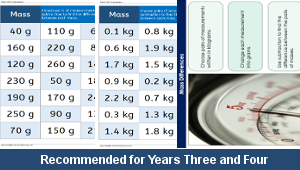
Mass Differences
Calculate and record the difference between pairs of different measurements by converting their masses from kilograms to grams when completing each subtraction sum
-
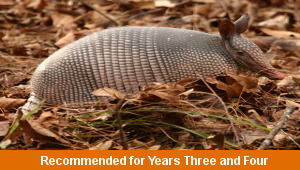
World Animals
Identify and record how to use the correct determinants before nouns in sentences about animals that live in different habitats around the world
-

Wild Animals
Identify and record whether to use the determinants a or an before a noun in sentences about different wild animals
-
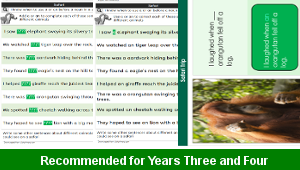
Safari Trip
Practise selecting and recording the correct determinants to complete sentences about different animals seen on an African safari when matching nouns beginning with initial vowels or consonant letters
-
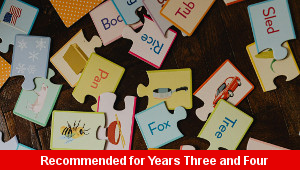
Determinants Vowels and Consonants
Investigate and record how to compose sentences when using the correct determinants before nouns to match their initial vowels or consonants
-

Determinants Word Match
Select and pair a range of different nouns with the correct determinant for initial vowels and consonants in the matching spellings of each word
-

Determinants Word Boards
Identify and list words beginning with vowels and consonants to match different determinants when added into example sentences
-
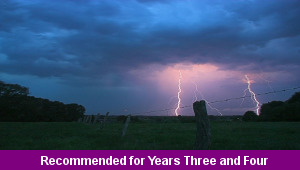
Weather Events
Investigate how to add and punctuate fronted adverbials in model sentences explaining when, how or where something happened in the weather
-

Stormy Weather
Explore and record where to use commas to punctuate fronted adverbials in sentences about the weather to show when, how or where different things happened during a storm
-

Weather Facts
Identify and record where to use commas to punctuate fronted adverbials in example sentences to describe when, how or where different things happened in the weather
-

Weather Seasons
Practise using commas to add fronted adverbials to example sentences to describe when, how or where something happened during the weather experienced in each season of the year
-

Space Race
Explore how the space race in the 1950s and 1960s heralded a number of technological, cultural and political changes and advancements in the world
